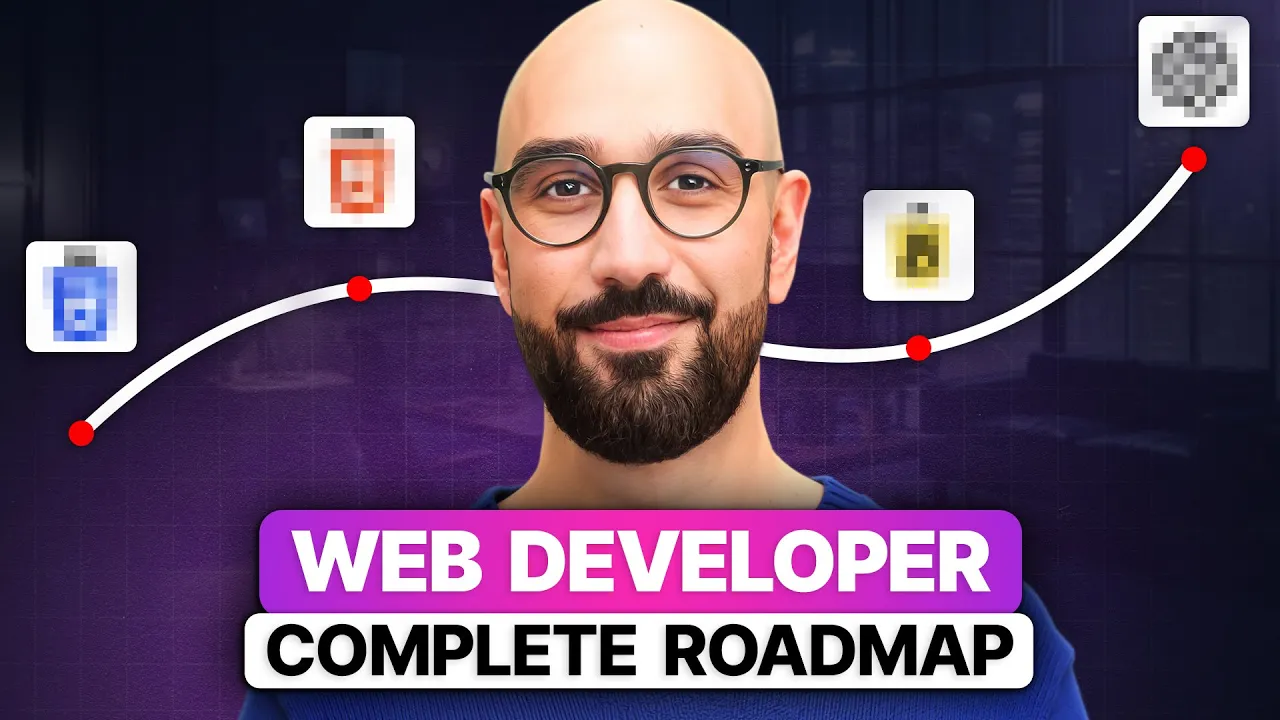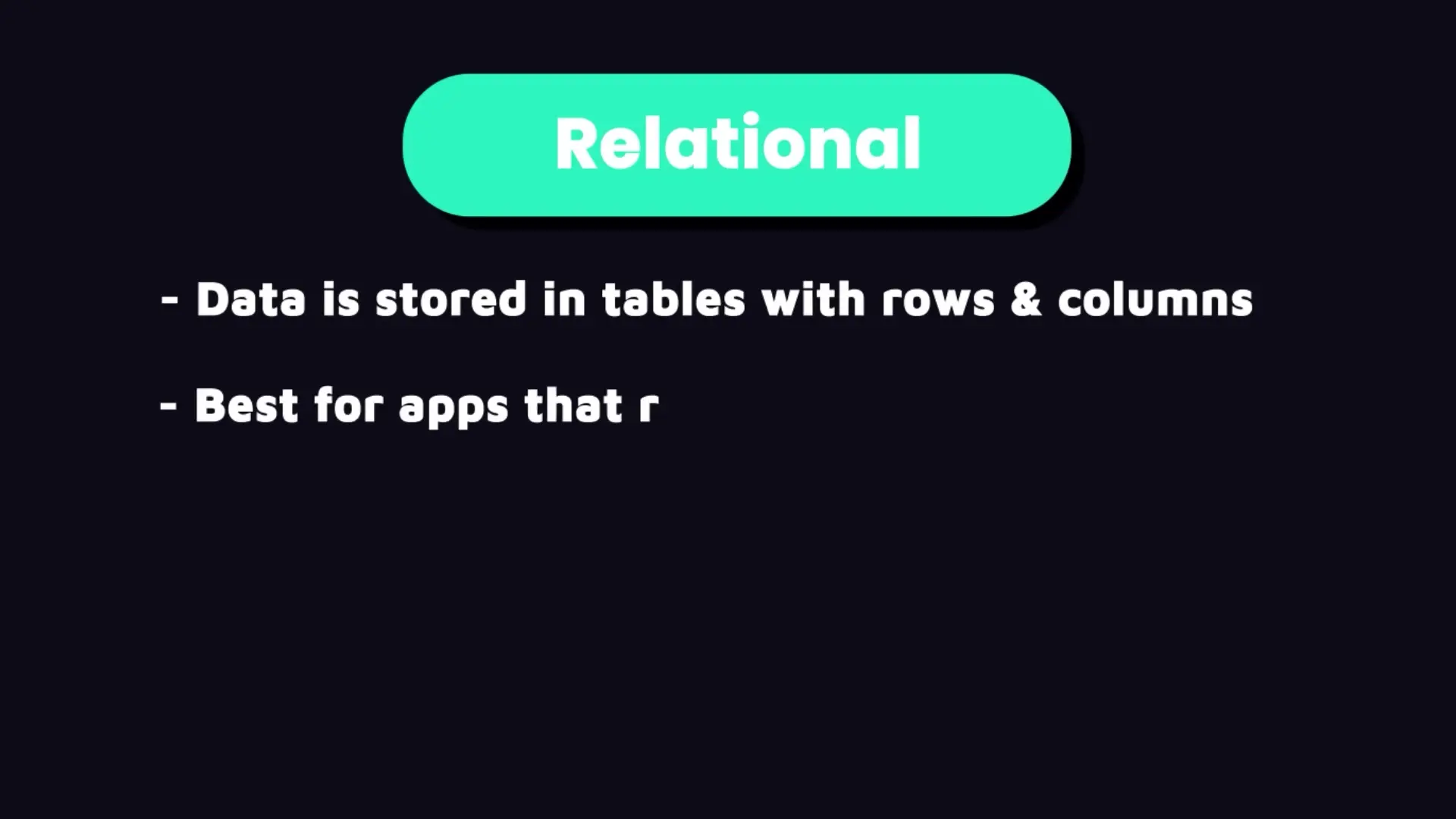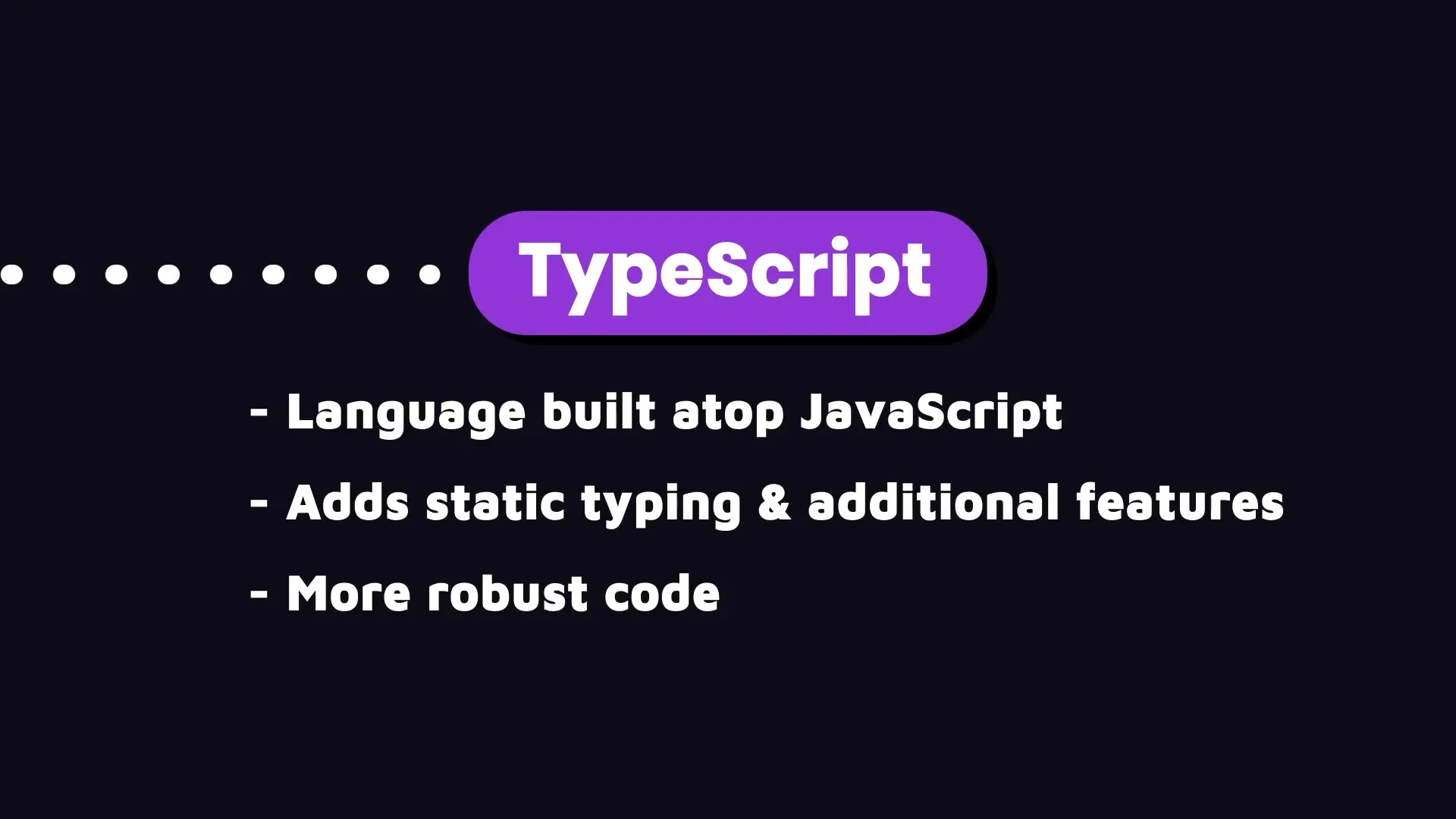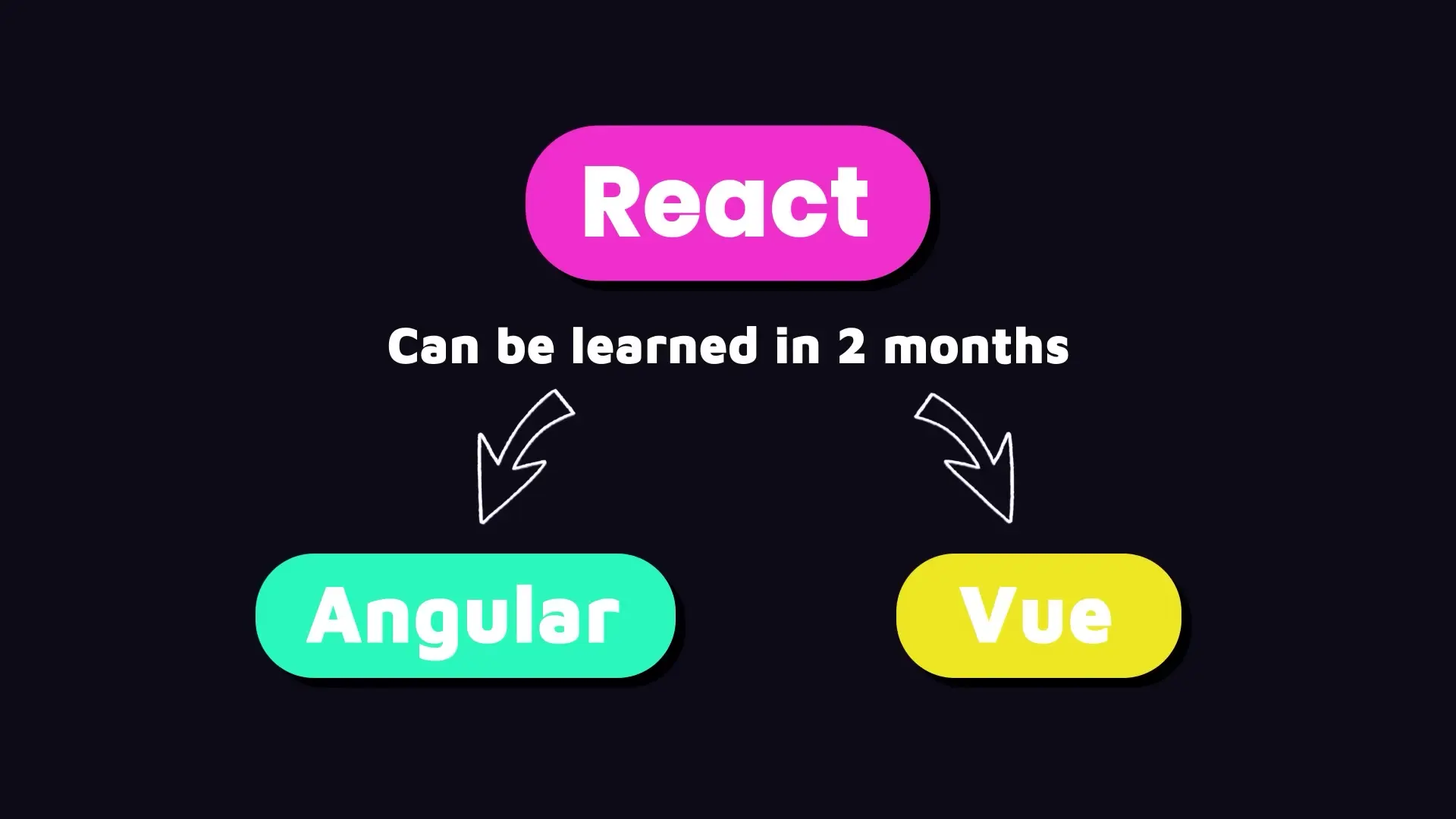
Web development is a vast field with multiple paths to success. Whether you're just starting your journey or looking to expand your skills, understanding the complete web development roadmap is essential. This guide breaks down the core components of web development, offering a structured approach to learning the necessary skills to become a proficient developer.
Understanding Web Development Areas
Web development is typically divided into three main areas: frontend development, backend development, and full stack development. Each area requires specific skills and technologies, but they all work together to create functional, user-friendly web applications.
- Frontend Development: Focuses on what users see and interact with - websites in browsers or apps on mobile devices
- Backend Development: Handles everything behind the scenes - data processing, storage, and business logic
- Full Stack Development: Combines both frontend and backend skills
For beginners, starting with backend development is recommended as it provides a solid foundation in programming and problem-solving. When you eventually transition to frontend, you'll have a deeper understanding of what happens under the hood. In contrast, starting with frontend might make backend seem mysterious without understanding the underlying processes.
Essential Backend Development Skills
To become a proficient backend developer, you need to master five essential skills. Let's explore each one in detail.
1. Choose a Programming Language
The first step in learning backend development is selecting a programming language. Popular options include JavaScript, Python, Ruby, Java, C#, and Go. The choice depends on various factors such as project requirements, team expertise, and performance needs.
- JavaScript: Used for full stack development (both frontend and backend)
- Python and Ruby: Often used for rapid prototyping and fast development cycles
- Java and C#: Popular for large-scale enterprise applications
- Go: Used for performance-critical and concurrent applications
A common mistake is trying to learn multiple languages simultaneously. Instead, focus on mastering one language and its ecosystem of tools and libraries. Research job opportunities in your area to make an informed decision. If you're unsure, Python is recommended for beginners due to its simple, readable syntax, followed by Java for its solid foundation in computer science principles.
With dedicated study (3-5 hours daily), you can learn the basics of any of these languages in about two months.
2. Learn Version Control with Git
Git is an essential tool for tracking code changes and collaborating with other developers. While Git has numerous features, you only need to master about 20% of them for day-to-day use. Platforms like GitHub host Git repositories and are crucial for modern development workflows.
With one to two weeks of practice, you can gain sufficient proficiency in Git for most development scenarios.
3. Master Data Structures and Algorithms
Many self-taught programmers struggle because they skip fundamental computer science concepts like data structures and algorithms. These topics are critical for backend development and are often covered in technical interviews, especially at large tech companies like Apple, Google, and Microsoft.
Dedicate one to two months to studying these fundamentals. This investment will provide a strong foundation in programming and problem-solving that will benefit your entire career.
4. Understand Design Patterns
Design patterns are proven solutions to common software design problems. The classic book "Design Patterns" by the Gang of Four documented 23 patterns that are widely used in modern web frameworks like Spring, Django, and ASP.NET Core.
Learning these patterns will give you deeper insights into object-oriented design principles and how frameworks function under the hood. With consistent practice, you can gain a solid understanding of design patterns in about two months.
5. Learn Database Design and Management

There are two main types of database engines: relational and non-relational (NoSQL) databases.
- Relational Databases: Store data in tables with rows and columns that are related to each other. Examples include MySQL, PostgreSQL, SQL Server, and Oracle. These are ideal for applications requiring complex queries and transactions, like banking systems and e-commerce platforms.
- NoSQL Databases: Store data without a predefined table structure, offering more flexibility. Examples include MongoDB, CouchDB, and Cassandra. These are suitable for applications needing flexible data models and real-time analytics.
For relational databases, you'll need to learn SQL (Structured Query Language). You don't need to master all database engines - focus on one, with MySQL recommended for beginners due to its popularity. One month is typically sufficient to learn the essentials of SQL and working with a relational database.
For NoSQL databases, MongoDB is recommended as it's widely used in the industry. You can gain practical knowledge in about a month of dedicated study.
6. Master a Web Framework
The final essential skill for backend development is learning a web framework specific to your chosen programming language:
- Python: Django
- Java: Spring Boot
- JavaScript: Express.js
- C#: ASP.NET Core
- Ruby: Ruby on Rails
- Go: Gin
These frameworks provide tools for building backends, handling tasks like routing requests, managing responses, interacting with databases, and implementing security measures. With these frameworks, you can build and publish APIs (Application Programming Interfaces) that enable communication between frontend and backend systems.
With a solid background in a programming language and databases, you can learn any of these frameworks in about two months of dedicated study.
Essential Frontend Development Skills
Frontend development focuses on creating the user interface and experience. Here are the essential technologies and skills you need to master.
1. HTML (HyperText Markup Language)
HTML is the foundation of web pages, used for structuring content. With HTML, you can define headings, paragraphs, images, links, and more. It's relatively simple to learn, and with consistent practice, you can grasp the basics in one to two weeks.
2. CSS (Cascading Style Sheets)
CSS controls the visual presentation of web pages, allowing you to manage colors, fonts, layouts, and responsiveness across different screen sizes. With dedicated practice, you can learn the essentials of CSS in two to four weeks. As you work on various projects, you'll continue to expand your CSS knowledge and techniques.
3. JavaScript for Frontend
While HTML and CSS handle structure and style, JavaScript brings interactivity to web pages. With JavaScript, you can handle user interactions, validate form data, display notifications, fetch data from backends, and create dynamic content.
If you're new to programming, JavaScript might be challenging initially as you learn to think like a programmer. With consistent practice, you can gain a reasonable understanding in about two months.
4. TypeScript

TypeScript is a superset of JavaScript that adds static typing and additional features, enabling more robust code. Most companies now prefer TypeScript for large-scale applications, making it an essential skill for frontend developers in 2025 and beyond.
TypeScript is relatively compact compared to JavaScript, and you can become proficient in about two to three weeks of focused study.
5. UI Frameworks and Libraries

UI frameworks and libraries help you build user interfaces using reusable components. Popular options include React, Angular, and Vue.js. React is currently the most widely used, with abundant job opportunities, making it an excellent choice for beginners.
With a solid JavaScript foundation, you can learn React in about two months. After mastering one framework, you can explore others to enhance your versatility as a developer.
Becoming a Full Stack Developer
Full stack development combines both frontend and backend skills. By following the roadmap outlined above, you'll gradually build the expertise needed to work across the entire web development stack.
If you dedicate several hours daily to learning and practice, you can acquire the necessary knowledge for entry-level positions in about 12 months. Remember that web development is a continuous learning journey - technologies evolve, and new tools emerge regularly.
Practical Tips for Success
- Focus on one language/technology at a time rather than trying to learn everything simultaneously
- Build projects to apply what you learn - theoretical knowledge alone isn't enough
- Contribute to open-source projects to gain real-world experience
- Join developer communities to learn from others and stay updated on industry trends
- Create a portfolio to showcase your projects and skills to potential employers
Conclusion
The web development roadmap may seem overwhelming at first, but breaking it down into manageable steps makes the journey more approachable. Whether you choose to specialize in frontend or backend development, or aim to become a full stack developer, consistent learning and practice are key to success.
Remember that every expert was once a beginner. With dedication and the right learning resources, you can build a rewarding career in web development. Start with the fundamentals, practice regularly, and gradually expand your skill set as you progress on your development journey.
Let's Watch!
Complete Web Development Roadmap: From Beginner to Full Stack Developer
Ready to enhance your neural network?
Access our quantum knowledge cores and upgrade your programming abilities.
Initialize Training Sequence